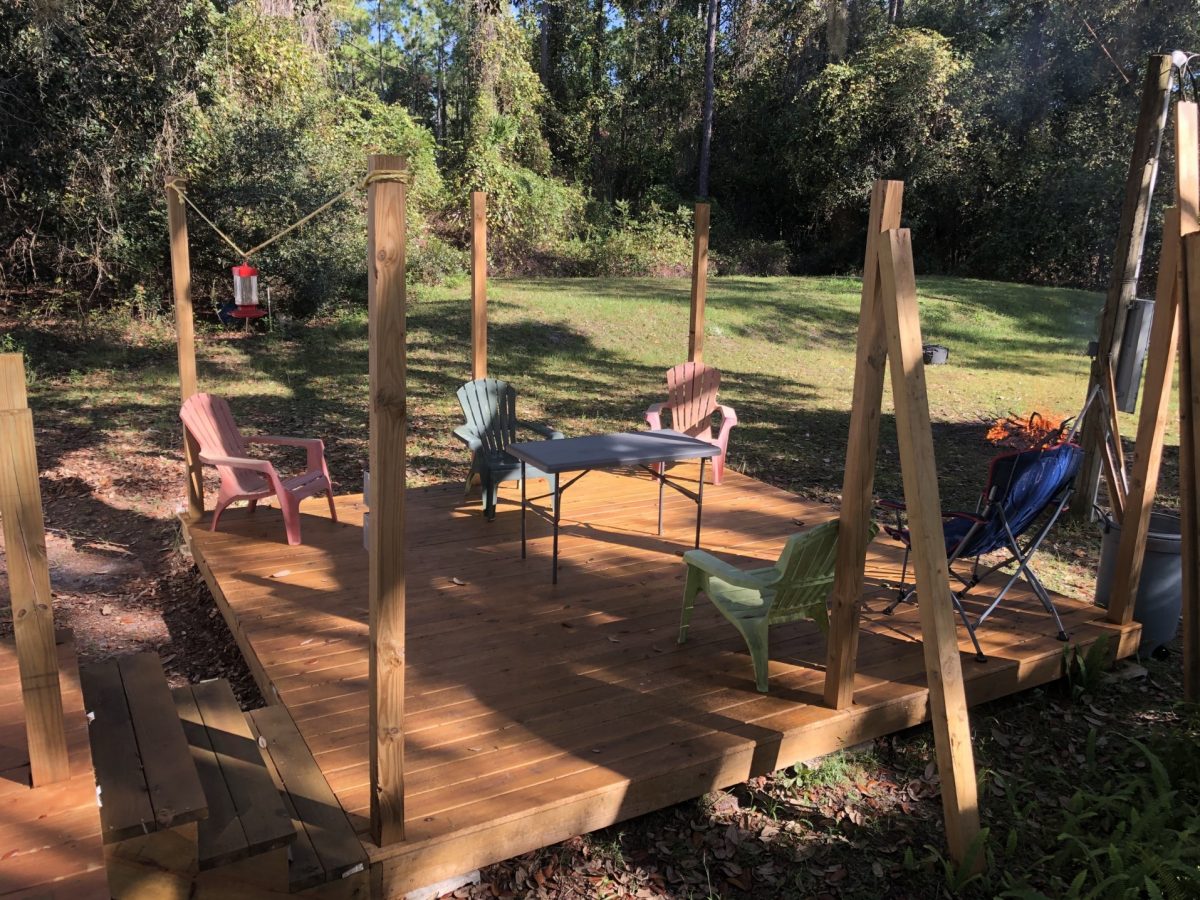Being under pressure is usually a bad thing, unless we’re talking about pressure treated wood. Pressure treating makes lumber more water resistant and helps prevent all the things that come along with water damage, such as insect infestation, rotting and fungus growth. It may be more expensive than non-treated lumber, but pressure treated lumber can last quite a long time, so it tends to pay for itself in the long-run.
There are, however, certain places pressure treated lumber should be used and other places it shouldn’t. You see, pressure treated wood is made by eliminating the air within lumber by saturating it with chemicals while it is under pressure. And while the result creates all of the pressure treated wood characteristics we know and love – like being water and insect resistant; the chemicals used to make it can also make it toxic.
That being said, people who work with pressure treated lumber should wear protective gear including safety glasses and gloves. Additionally, while pressure treated lumber may be the perfect material to use anyplace that is exposed to the elements – like for outside decking and fencing; it should not be used inside. If you are concerned about moisture with construction projects in places like your bathroom, make certain your non-treated lumber is properly sealed.
Also be advised that there are different grades of pressure treated wood. The lower the grade, the more defects you may find. There are also different types of pressure treated wood. The one we discussed above is pretty much your basic above ground pressure treated lumber, but there is also pressure treated lumber made for below ground construction. This specially crafted pressure treated lumber will last even longer in wet conditions. Then take things up one more notch and you have your marine grade pressure treated lumber which is used for seaside construction such as docks and seawalls.

